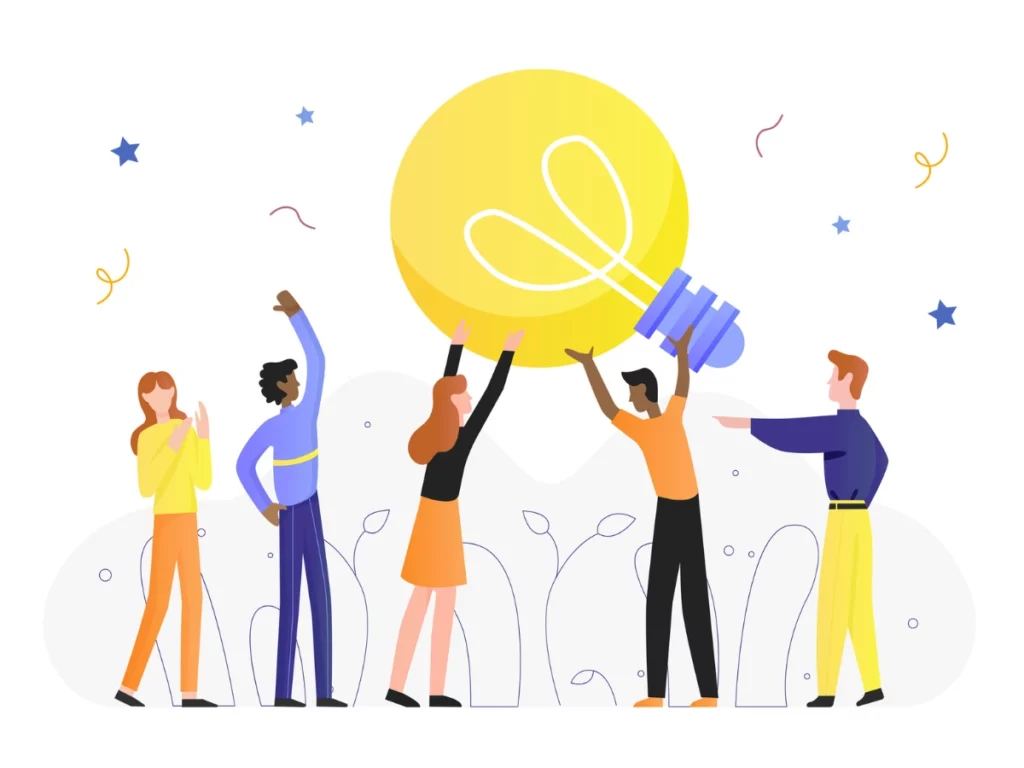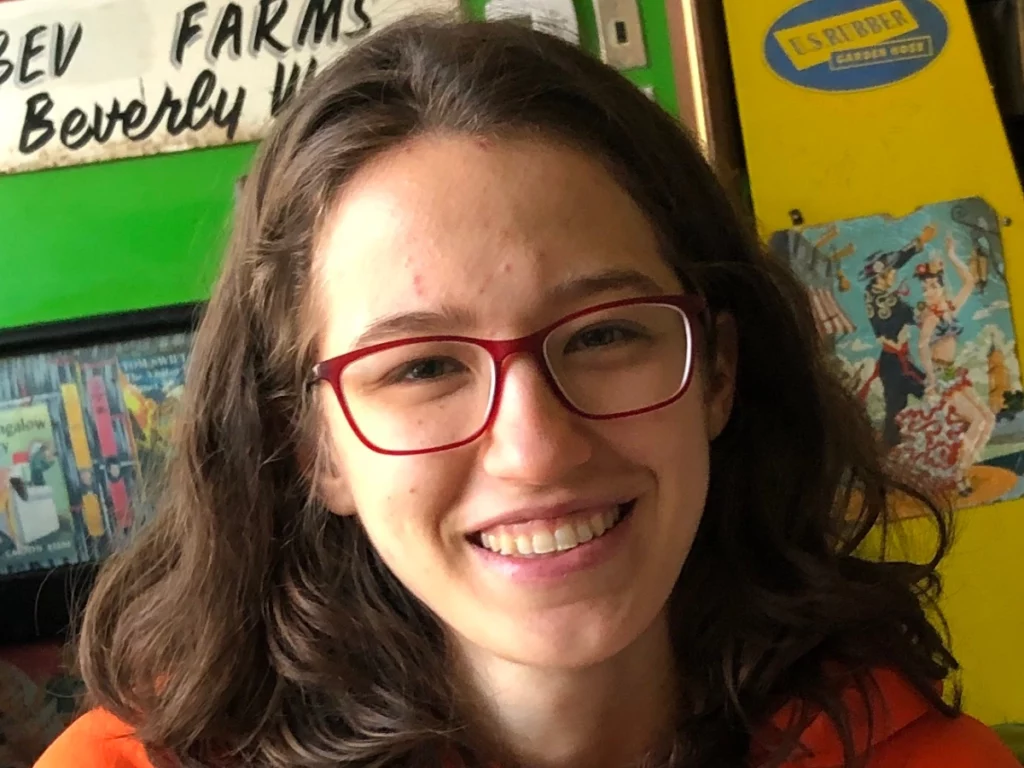Community Development Financial Institutions (CDFIs) are mission-driven financial institutions that focus on creating economic opportunity for individuals, small businesses, and communities in the US. As part of DataKind’s work in economic opportunity and financial inclusion, we’re working with CDFI Friendly America (CFA) to try to solve an endemic problem for CDFIs: how to better connect with all the communities who need them.
Ahead of the Opportunity Finance Network Conference where DataKind and CFA will be presenting a prototype of our work, we spoke with Mark Pinsky, Founding Partner of CFA, and Lance Loethen, Senior Data Consultant, both with decades of experience in CDFIs, about how the industry has evolved, how CDFI resources are more important than ever, and what DataKind can do to help ensure their success.
DataKind: Can you give us an overview of CDFI Friendly America and DataKind’s collaboration and goals?
Mark Pinsky:
This idea that became CDFI Friendly America actually first came up when I was the President and CEO of Opportunity Finance Network (OFN). CDFIs were missing vast numbers of people across this country where CDFIs weren’t working much, or not working at all. There are too many places that don’t have any meaningful access to CDFI financing. So for all the good that CDFIs do, there are a lot of communities that would benefit from what they’re missing.
The challenge is how we get not just CDFIs, but CDFI investors, funders, policymakers, and industry leaders who are influencers to understand the scale and scope of this problem and how to respond to it. What a difference it would make if we could look at a map of the United States and identify places that ought to be priorities where CDFI financing is well below the national average, and where the community has particular needs. We didn’t have the access, or we didn’t have the ability to do the work ourselves, to really identify what the CDFI market opportunities are, and enable us to make the process easier, friendlier, and more accessible.
Lance Loethen:
I like to think of it as a way of decentralizing relevant data that CDFIs can use to expand their target markets and expand their geographic reach– which then, of course, expands their impact. We know that a lot of CDFIs have more capital to work with post-COVID, but some have faced challenges deploying it within their current target markets. So we know there’s an appetite to expand their geographic footprint.
DataKind: How has DataKind been helpful to this vision so far?
Lance Loethen:
DataKind has been really helpful on many fronts. There’s some nuance around CDFI data that’s very specific. You all have done a great job understanding these nuances and incorporating them into the data model. The ability to aggregate this much data, create composite indicators, and have it on a single platform that’s intuitive and easy to use takes a great deal of time and resources. DataKind is providing the next tier of exposure and a level of access that we’re not used to in the CDFI industry.
DataKind: Mark, you were part of OFN when data collection was really limited in this industry. How has your approach changed?
Mark Pinsky:
There was a time when OFN were the only folks collecting data about the industry. Because of our success, others got involved and interested, including the CDFI Fund. Figuring out how to bridge to other sectors and other players became really hard. If we could structure a sort of systematic way of looking at the CDFI marketplace, wouldn’t that be great? At the time, I didn’t know what I was talking about, though. I’m not a data scientist, but I knew that something like that would be really helpful.
CFA didn’t have the budget and Lance didn’t have the time, and it wasn’t anything we could do– but then we connected with DataKind. DataKind seemed too good to be true in some ways. Right? Here’s an organization that’s helping the CDFI industry as well as others use data in ways we otherwise probably couldn’t have imagined doing it. I’m good at really big ideas without knowing what it really takes to do it. I walked away from our first conversation thinking well, that was fun but no one’s going to listen. And then DataKind called and said look, let’s talk about this.
DataKind: How do you see this work impacting the industry?
Mark Pinsky:
We can create opportunities for people at CDFIs to do what they do best, more efficiently, more effectively and reach more people and change more lives and change more communities and change more systems. So that’s really what I think we’re going to enable people to do. And as Lance said at the beginning, we’re trying to do this in a way that’s as useful as possible for as broad an audience as possible. Again, for CDFIs, yes, but for investors too. We want investors to be able to say: I want this money to go in this community, not that community, because we think we have a bigger impact there.
We want more people thinking and talking about that. The more CDFI friendly places they’ll be in this country, the more people will get the help they need.
I’m flashing through these various moments in my career in the CDFI space when I think, oh, if we had had this, it would have changed the game. I mean, it would have completely changed how people would have thought about the CDFI industry. So it’s not about us, it’s not about CDFIs, it’s about the communities where we’re working and really understanding them. Not anecdotally, but quantitatively and, to the extent we can quantify things that enable really skilled practitioners to know about their markets, and better understand why we’re more or less successful in specific areas.
The DataKind team has access to a tremendous range of volunteers and data scientists that have an extraordinary experience and perspective who are going to make us smarter. All we can do is try and put out the best we have. And we’ll all figure out new things we can do. And we’ll figure out that there are better ways to get to where we want to get to faster.
Lance Loethen:
CDFIs are chartered to provide capital where it’s not being provided by conventional markets. Sometimes, that involves place-based strategies in communities, and sometimes, it’s more of a people-based strategy focusing on individual borrowers. There hasn’t been a publicly available mapping tool that analyzes the intersection between conventional bank lending, CDFI lending, and relevant socio-economic indicators.
Other mapping tools show some, but not all, of these indicators. DataKind’s tool goes even further by combining multiple variables into composite indicators to really get at that nuance between both people and place-based impacts, which is exciting.
Of course, each CDFI lending sector has its own set of impact goals. It’s easy to talk about impact assessment or what tools we use to identify impact, but it’s very difficult when you really get down to the nuance of CDFI lending and how some CDFIs only focus on one or two sectors. And, maybe some have a larger mix of sectors. But each sector has its own way of impacting the community. DataKind’s mapping tool can help CDFIs better understand which communities are likely to benefit most from their lending outcomes and impacts.



